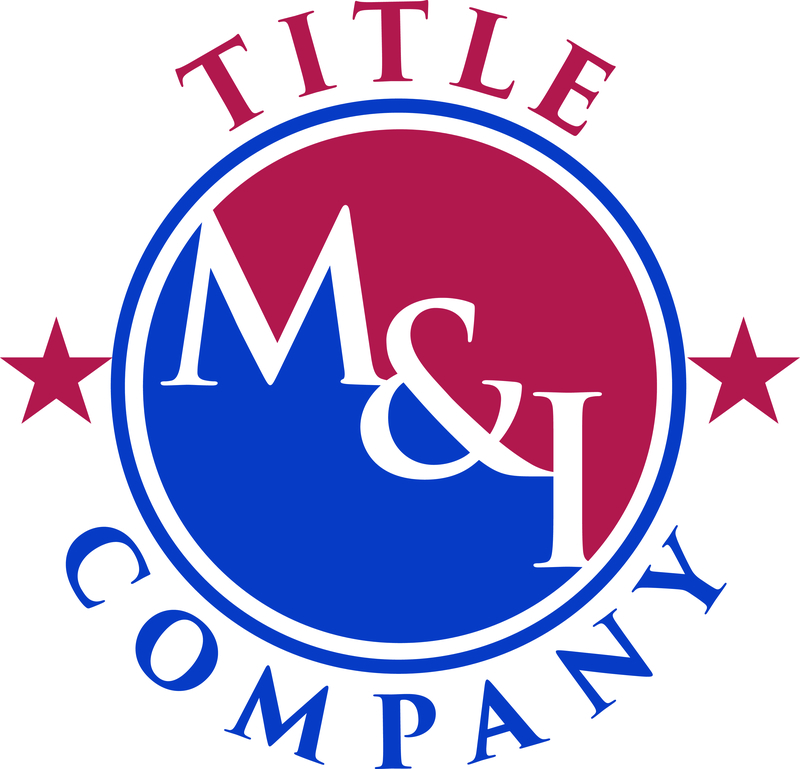
Dennis Norman
Depending on which estimate you believe, somewhere between one-third and one-half of the homeowners with a mortgage in the U.S. owe more on their homes than their homes are currently worth. This has lead to an unprecedented amount of short-sales and in many cases, a lender “forgiving” you of the short-fall (the amount of your loan your sale proceeds were not adequate to pay) which, in the past could have left you owing taxes on the “forgiven debt”.
For some of those underwater homeowners that are not fortunate enough to do a short sale they may end up losing their homes through foreclosure. Like short sales, in the past some foreclosures also resulted in the homeowner finding they owe taxes as a result of the foreclosure.
Fortunately seller’s in these situations today are getting some relief through the Mortgage Forgiveness Debt Relief Act which, according to the IRS, “generally allows exlusion of income realized as a result of modification of the terms of a mortgage, or foreclosure on your principal residence.” This applies to debt forgiven in 2007 through 2012 up to $2 million in forgiven debt.
The following are some FAQ’s on the subject from the IRS. This is for information only…you should consult your CPA or tax professional to see how this may or may not apply to your situation:
What does exclusion of income mean?
Normally, debt that is forgiven or cancelled by a lender must be included as income on your tax return and is taxable. But the Mortgage Forgiveness Debt Relief Act allows you to exclude certain cancelled debt on your principal residence from income. Debt reduced through mortgage restructuring, as well as mortgage debt forgiven in connection with a foreclosure, qualifies for the relief.
Does the Mortgage Forgiveness Debt Relief Act apply to all forgiven or cancelled debts?
No. The Act applies only to forgiven or cancelled debt used to buy, build or substantially improve your principal residence, or to refinance debt incurred for those purposes. In addition, the debt must be secured by the home. This is known as qualified principal residence indebtedness. The maximum amount you can treat as qualified principal residence indebtedness is $2 million or $1 million if married filing
separately.
Does the Mortgage Forgiveness Debt Relief Act apply to debt incurred to refinance a home?
Debt used to refinance your home qualifies for this exclusion, but only to the extent that the principal balance of the old mortgage, immediately before the refinancing, would have qualified. For more information, including an example, see Publication 4681.
How long is this special relief in effect?
It applies to qualified principal residence indebtedness forgiven in calendar years 2007 through 2012.
Is there a limit on the amount of forgiven qualified principal residence indebtedness that can be excluded from income?
The maximum amount you can treat as qualified principal residence indebtedness is $2 million ($1 million if married filing separately for the tax year), at the time the loan was forgiven. If the balance was greater, see the instructions to Form 982 and the detailed example in Publication 4681.
If the forgiven debt is excluded from income, do I have to report it on my tax return?
Yes. The amount of debt forgiven must be reported on Form 982 and this form must be attached to your tax return.
Do I have to complete the entire Form 982?
No. Form 982, Reduction of Tax Attributes Due to Discharge of Indebtedness (and Section 1082 Adjustment), is used for other purposes in addition to reporting the exclusion of forgiveness of qualified principal residence indebtedness. If you are using the form only to report the exclusion of forgiveness of qualified principal residence indebtedness as the result of foreclosure on your principal residence, you only need to complete lines 1e and 2. If you kept ownership of your home and modification of the terms of your mortgage resulted in the forgiveness of qualified principal residence indebtedness, complete lines 1e, 2, and 10b. Attach the Form 982 to your tax return.
Where can I get this form?
If you use a computer to fill out your return, check your tax-preparation software. You can also download the form at IRS.gov, or call 1-800-829-3676. If you call to order, please allow 7-10 days for delivery.
How do I know or find out how much debt was forgiven?
Your lender should send a Form 1099-C, Cancellation of Debt, by February 2, 2009. The amount of debt forgiven or cancelled will be shown in box 2. If this debt is all qualified principal residence indebtedness, the amount shown in box 2 will generally be the amount that you enter on lines 2 and 10b, if applicable, on Form 982.
Can I exclude debt forgiven on my second home, credit card or car loans?
Not under this provision. Only cancelled debt used to buy, build or improve your principal residence or refinance debt incurred for those purposes qualifies for this exclusion. See Publication 4681 for further details.
If part of the forgiven debt doesn’t qualify for exclusion from income under this provision, is it possible that it may qualify for exclusion under a different provision?
Yes. The forgiven debt may qualify under the insolvency exclusion. Normally, you are not required to include forgiven debts in income to the extent that you are insolvent. You are insolvent when your total liabilities exceed your total assets. The forgiven debt may also qualify for exclusion if the debt was discharged in a Title 11 bankruptcy proceeding or if the debt is qualified farm indebtedness or qualified real property business indebtedness. If you believe you qualify for any of these exceptions, see the instructions for Form 982. Publication 4681 discusses each of these exceptions and includes examples.
I lost money on the foreclosure of my home. Can I claim a loss on my tax return?
No. Losses from the sale or foreclosure of personal property are not deductible.
If I sold my home at a loss and the remaining loan is forgiven, does this constitute a cancellation of debt?
Yes. To the extent that a loan from a lender is not fully satisfied and a lender cancels the unsatisfied debt, you have cancellation of indebtedness income. If the amount forgiven or canceled is $600 or more, the lender must generally issue Form 1099-C, Cancellation of Debt, showing the amount of debt canceled. However, you may be able to exclude part or all of this income if the debt was qualified principal residence indebtedness, you were insolvent immediately before the discharge, or if the debt was canceled in a title 11 bankruptcy case. An exclusion is also available for the cancellation of certain nonbusiness debts of a qualified individual as a result of a disaster in a Midwestern disaster area. See Form 982 for details.
If the remaining balance owed on my mortgage loan that I was personally liable for was canceled after my foreclosure, may I still exclude the canceled debt from income under the qualified principal residence exclusion, even though I no longer own my residence?
Yes, as long as the canceled debt was qualified principal residence indebtedness. See Example 2 on page 13 of Publication 4681, Canceled Debts, Foreclosures, Repossessions, and Abandonments.
Will I receive notification of cancellation of debt from my lender?
Yes. Lenders are required to send Form 1099-C, Cancellation of Debt, when they cancel any debt of $600 or more. The amount cancelled will be in box 2 of the form.
What if I disagree with the amount in box 2?
Contact your lender to work out any discrepancies and have the lender issue a corrected Form 1099-C.
How do I report the forgiveness of debt that is excluded from gross income?
(1) Check the appropriate box under line 1 on Form 982, Reduction of Tax Attributes Due to Discharge of Indebtedness (and Section 1082 Basis Adjustment) to indicate the type of discharge of indebtedness and enter the amount of the discharged debt excluded from gross income on line 2. Any remaining canceled debt must be included as income on your tax return.
(2) File Form 982 with your tax return.



Leave a Reply
You must be logged in to post a comment.